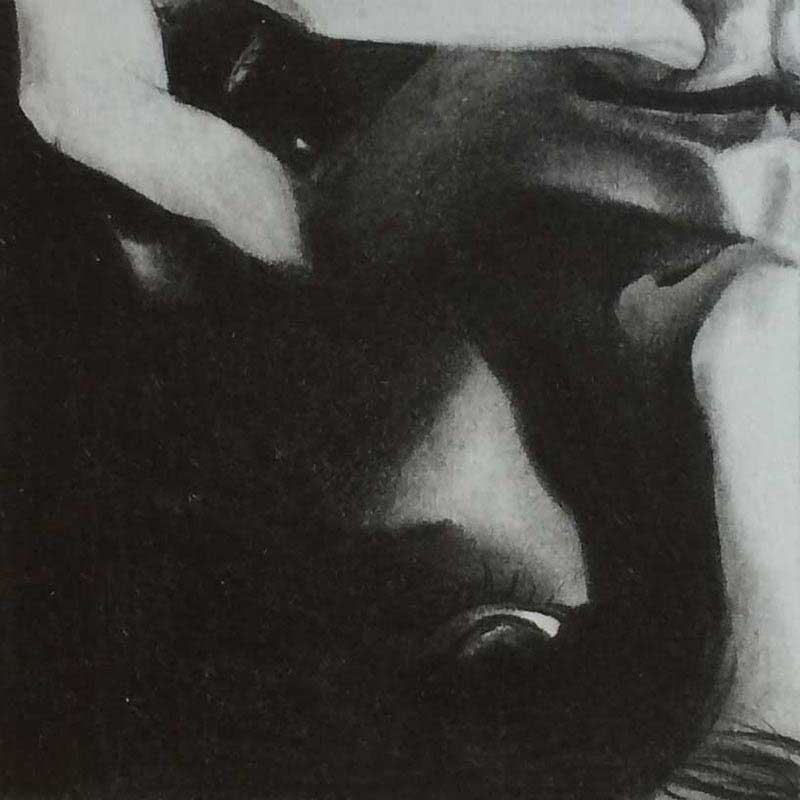UPSIDE DOWN DRAWING • DRAWING EXERCISE

WHAT IS IT?
Upside Down Drawing is the act of drawing from an upside down reference image.
WHY DO IT?
It all goes back to what Bert Dodson said in his book Keys to Drawing. Everything is a shape, your main mission when drawing is to draw only shapes instead of things. You need to draw what you see, not what you know. By turning your reference image upside down while drawing, you automatically confuse your mind, it can no longer work out what it is you’re drawing or what it’s supposed to look like.
As Betty Edwards explains in her book Drawing on the Right Side of the Brain, “For reasons that are still unclear, the verbal system immediately rejects the task of ‘reading’ and naming upside-down images.”
In this confused state, you are free to just draw what you see. Letting your hands almost draw on their own, you’re no longer being influenced by the mind. Drawing upside down allows you to reach a higher focus, resulting in greater accuracy, less frustration and over time, the ability to turn every thing into a shape, even photos and objects that are not upside down.
EXAMPLE
Have a look at the image below, being upside down you can see how your brain can’t instantly make sense of it. You have to try really hard to work out what it is you’re seeing. Our hands like this, as they become free to just draw without the mind getting in their way. Stupid mind!

HOW TO DO IT?
This exercise only works when drawing from photographs. Unless you can get a model to stand on her head for a couple hours :) You simply turn the reference image upside down and start drawing what you see. You can either draw the whole drawing upside down from start to finish, or do what I do, and draw the initial sketch upside down, before re orientating the image to render the tone.
It’s personal preference. You can bounce back and forth, so draw bits that you find most difficult upside down, and then bring it back for the parts you find easier. This is the reason I do the initial lineart upside down, but the rest right side up. I find the lineart the most difficult, and being the foundation of the drawing, it’s where the most accuracy is required. So I need to quieten the mind when in this early phase of a drawing.
However, when adding the tone to a portrait for instance, I find it important to see the overall image the right way so I can not only visually see the whole tone together, but also know what it is I’m working on. I personally like to know how the shapes I’m currently working on relate to the shapes around it, and to some instant, what they are. I need to have a bit of information so I can decide if I want to add emphasis to that area or not, knowing it will make the shape next to it pop.
IS IT FUN?
It is actually. As you are now drawing random shapes, there’s less chance of frustration, and more chance of getting lost in the drawing, experiencing that almost meditative state :)
ART ENABLES US TO FIND OURSELVES AND LOSE OURSELVES AT THE SAME TIME
– Thomas Merton
